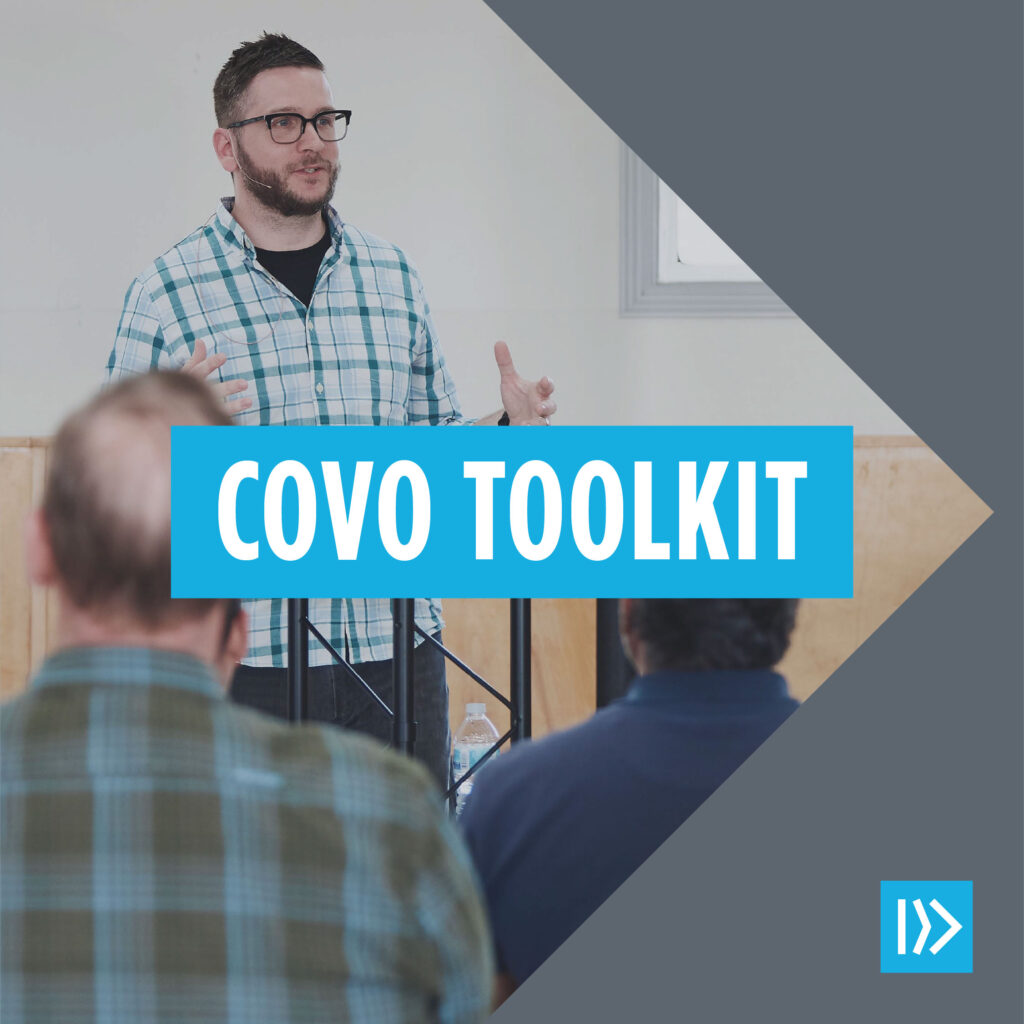This is a book excerpt from Church Planting Thresholds: A Gospel-Centered Guide by Clint Clifton. Download the full e-book here.
From the earliest days of our church, we determined to measure our success by our sending capacity rather than our seating capacity, thus aligning the primary mission of our local church with the primary mission of Jesus’ universal church: making disciples of all nations. This emphasis has required us to put a tremendous amount of energy and resources into the founding of other churches. It has also required us to intentionally choose the spread of the Gospel over our own numeric growth. Since our church’s first worship service in 2005, we have had a hand in planting more than a dozen new churches, with several more preparing to begin. Many of the men we have sent to plant new churches began as members of our church, laymen working in non-ministerial occupations. About half of these men still have no seminary training, and they had no aspirations to plant a church before joining Pillar. That’s not to say that the men are not well-trained or competent for the work. They are faithful and godly men with a love for the Gospel, good character, and an undeniable ability to “rightly divide the Word of truth” (2 Timothy 2:15).
I don’t say these things to brag about Pillar Church but to emphasize that church planting is not just a sport for megachurches with multimillion-dollar budgets. I’m often asked how large a church should be when it begins to plant another church or how much it costs to start a new church. These questions, as well-intentioned as they might be, are the wrong questions. Here’s the right question: At what age and size is a church responsible to begin obeying the Great Commission in Matthew 28:18-20?
The Great Commission is the duty of every church regardless of size, demographic, or budget. The Great Commission does not say, “Go ye therefore and make disciples of all nations, baptizing them in the name of the Father, Son, and Holy Spirit as soon as you have the money” or “as soon as you have more than 500 people.” The command stands for every New Testament church, period.
In my observation, only one resource is necessary for a church to begin planting another church, and it has nothing to do with buildings or budgets. That one necessary resource is a ready leader. Churches are planted by missionary-pastors sent by Kingdom-building churches. So, if you’ve picked up this book looking for the church planting silver bullet, here it is. The only thing you absolutely must have in order to plant a new church is a scripturally qualified, missionary-pastor to send.
In our current environment, the majority of evangelical churches in North America do not attempt to plant other new churches. American churches have been far too busy with ministry to give much thought to mission. Church planting has been about as regularly practiced as foot washing and street preaching, but that seems to be changing. A noticeable surge in church planting has taken place over the past few decades. Many denominations and networks are offering resources and training to those wishing to plant new churches. Colleges and seminaries are developing programs in church planting, and a small library of church planting books and training materials are now in print.
But as denominations, networks, and seminaries get on the bandwagon, let us not forget that church planting is the responsibility of the local church much more than it is the responsibility of any network, denomination, individual, para-church ministry, or educational institution. Our greatest potential for Kingdom growth is found in local churches, whose elders and members dedicate themselves to equipping and sending members to establish new churches in communities that need them. Local churches are better positioned to start new churches than any other organization on the planet. In the same way that a mother would give birth to a child, churches most naturally give birth to churches. Denominations and para-church organizations are tremendous resources for the church planter and should be utilized to the extent that they are helpful, but these organizations should never replace the local church as central figure in church establishment and renewal. That is not to say that denominations and networks are completely unsuccessful in the endeavor to start new churches or that churches planted by such organizations are illegitimate. However, churches are the normal and natural means for starting other new churches.
The aim of this writing is to assist healthy, Christ-centered churches through the process of starting other new churches. The stages proposed in this material were developed through the joyous and sometimes painful experiences I have had leading a small church to reproduce aggressively. They are meant to be a general guide for pastors and churches wishing to prepare leaders for a ministry in church planting.
Want to read more? Click here, to download the book for free.
Listen to this episode of We Are Send Network to learn more about residency programs and raising up church planters and missional leaders from your congregation.
Published February 26, 2020




